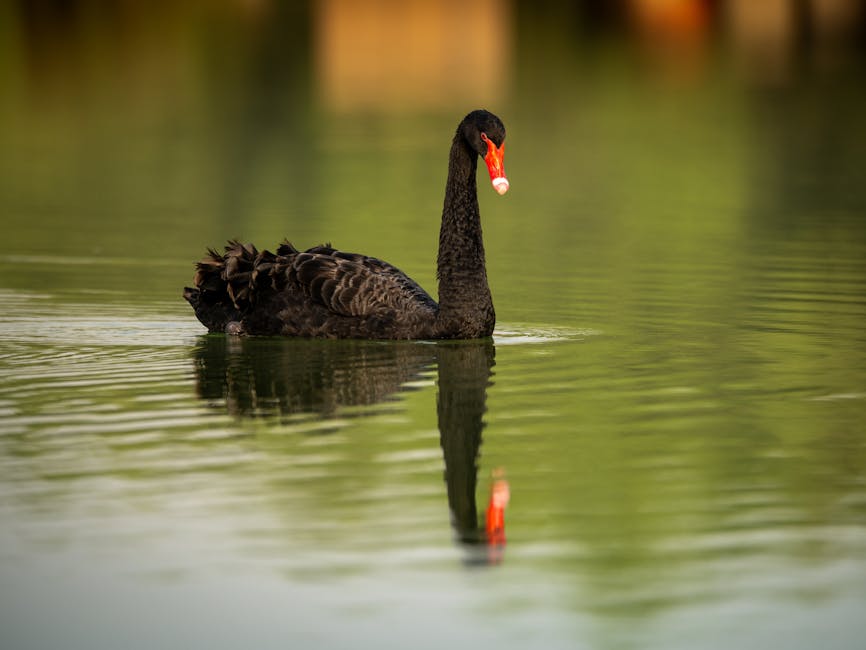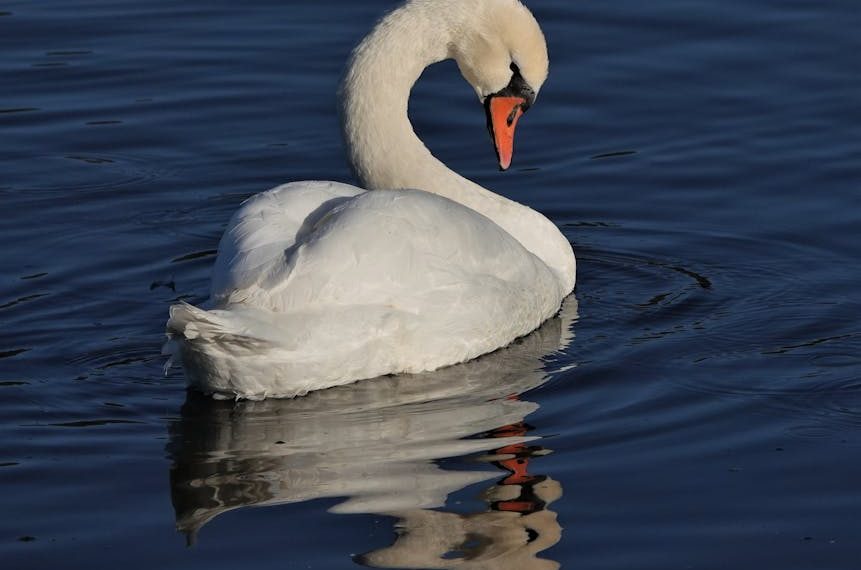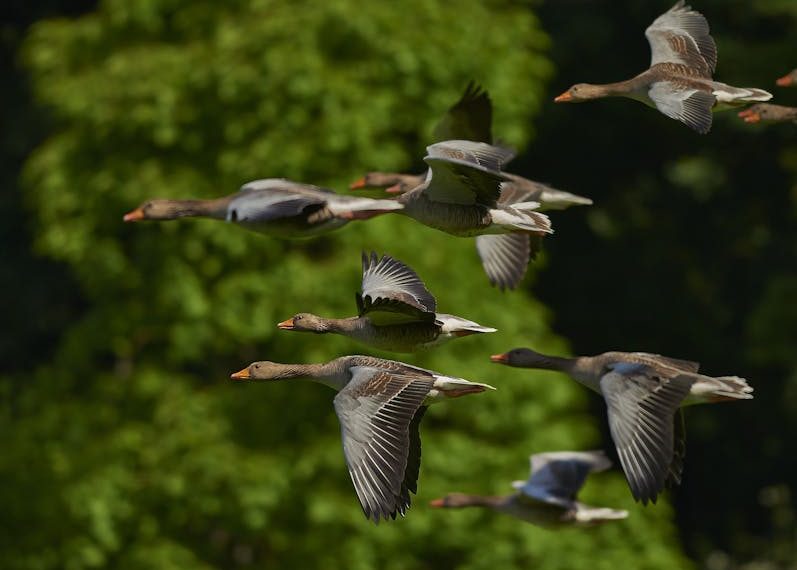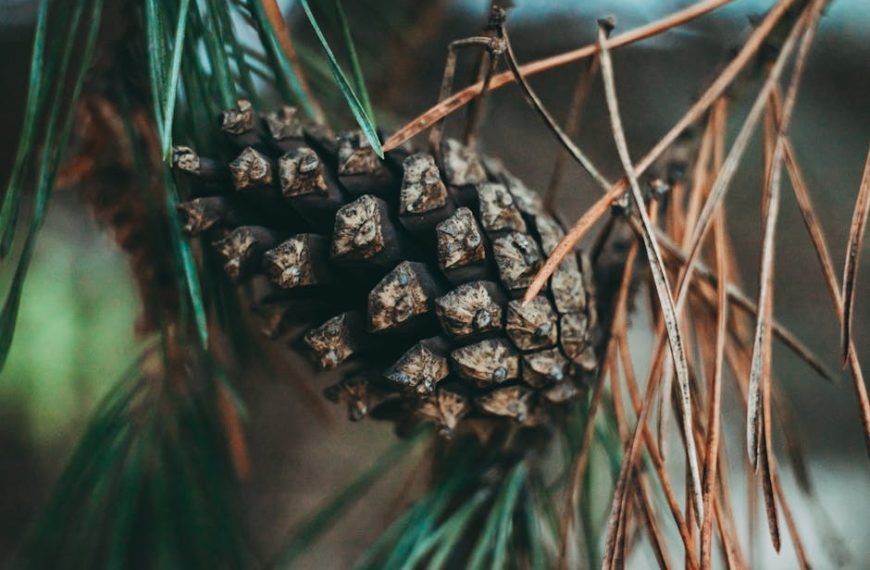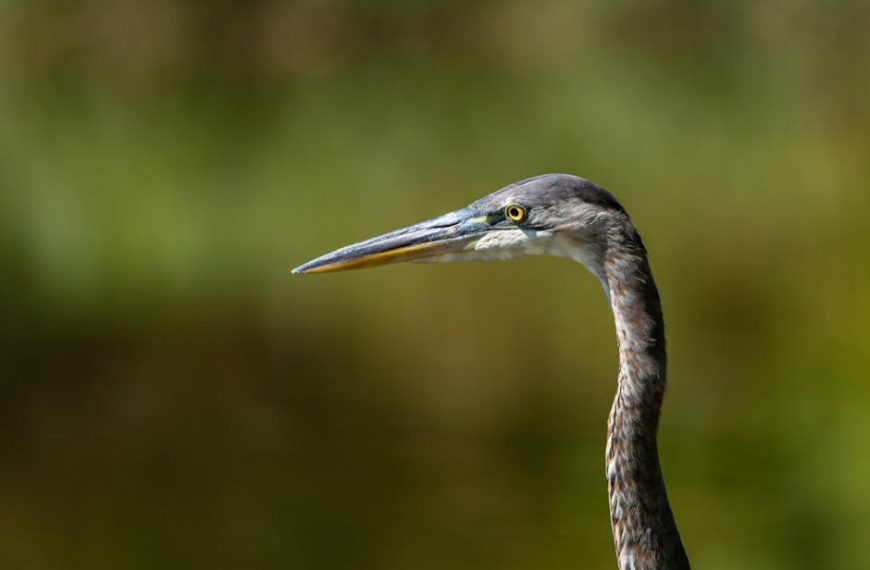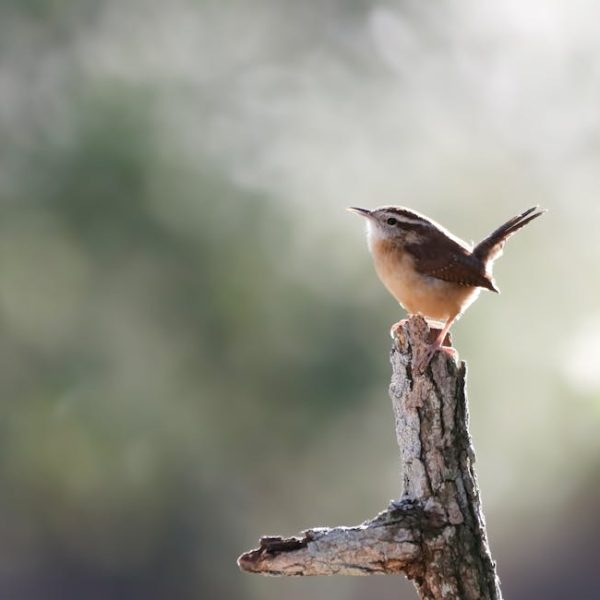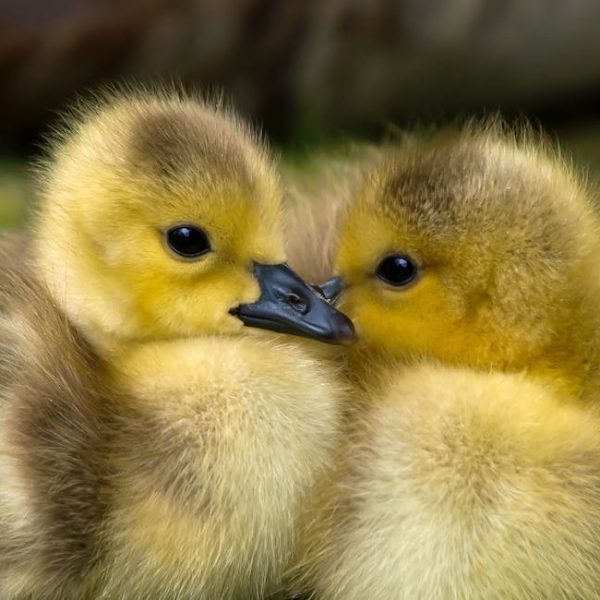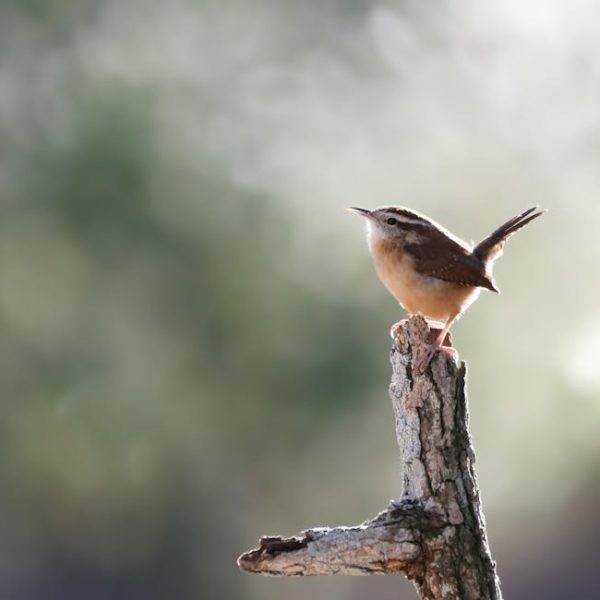Winning the everlasting contest of gardener vs. bird is easier than you might think. With a little patience and the right techniques, you can protect your garden from our feathered friends without harming them. In this article, we’ll explore a variety of effective strategies from understanding why birds target your garden, to natural and visual deterrents, physical barriers and making your garden less bird-friendly — everything necessary to ensure your plants thrive, undisturbed by beaks.
Understanding Why Birds Invade Gardens
Birds frequent gardens for several reasons, primarily revolving around basic survival needs such as seeking food and nest-building materials. Gardens, being bountiful sources of insects, seeds, fruits, and vegetables, and providing shelter, naturally attract a wide variety of birds.
Consider these common motivations:
- Nesting grounds: Birds prefer areas that offer safety from predators and elements. Your garden’s trees, shrubs, and hedgerow may provide ideal spots.
- Food resources: An abundance of worms, insects, seeds, or berries can turn your garden into a bird buffet.
- Water sources: Bird baths, puddles, or ponds in your garden can attract birds in search of hydration and bathing spots.
Pro Tip : Striking a balance is key — you want to create a space that is both bird-friendly and protective of your plants. Utilize bird feeders and nesting boxes to divert birds away from your vulnerable plants and towards designated areas.
Using Natural Bird Deterrents
Nature itself offers an array of safe, non-toxic solutions to deter birds from your garden. Certain plants, herbs, spices and even the strategic use of sounds can discourage birds naturally without causing harm.
Consider these natural deterrents:
- Herbs and Spices: Plant strong-smelling herbs like garlic, onion, and lavender, or sprinkle spices such as cayenne pepper and cinnamon around your plants; these scents can dissuade birds.
- Noisy Wind Chimes: A variety of bird-deterring sounds can also be effective. Try wind chimes or devices that mimic bird-of-prey calls.
Best Practice : Rotate your deterrent methods frequently as birds may grow accustomed to a particular scent or sound over time, reducing its efficacy.
Employing Visual Deterrents
Visual deterrents rely on optical illusions and bird’s natural fears to divert them away from your garden. From reflective surfaces that cause disorientation to fake predators that instill fear, visual tactics can be very potent.
Consider these options:
- Reflective objects: Hanging old CDs, glitter tape, or aluminum foils can disturb a bird’s sense of direction.
- Fake predators: Decoys like snakes, hawks, or owls can give the impression of danger and deter smaller birds.
Here’s a simple checklist for effectively using visual deterrents:
- Place the deterrents near the most targeted plants.
- Ensure the deterrents are clearly visible and oscillate with the wind to increase their alerting effect.
- Regularly change the position and type of deterrents to prevent birds from recognising them as harmless.
Creating Physical Barriers
Sometimes, deterring approaches may not be enough. In such cases, implementing physical barriers can be effective for protecting more vulnerable plants. From bird nettings to cages and garden tunnels, these structures can provide a strong line of defense.
Consider these options:
- Mesh Netting: Lightweight, easy to install and highly effective, bird netting can be draped over trees or entire garden beds to protect fruits and seeds.
- Fruit Cages: These structures are especially effective for keeping birds away from small fruit trees, bushes, and vegetable patches.
- Garden Tunnels: Ideal for long, narrow growing areas. Just ensure they have a solid net top to ward off birds.
Pro Tip : Installing these barriers can be simple, but remember not to harm your garden landscape or any nest-building birds. Ensure that the materials used blend in with the garden aesthetics and the netting has a suitable mesh size that birds can’t get entangled in.
Making Your Garden Less Attractive to Birds
Up to this point, our tips have focused on active deterrence. But another way to approach your bird problem is by making your garden less appealing to them in the first place, without sacrificing its functionality or appeal to you.
- Remove bird feeders: While they can divert birds from your plants, they still invite birds into your garden. You might consider removing them and seeing if birds move on to other feeding grounds.
- Shrubs and Cover: Consider choosing plant species that don’t provide easy cover or nesting opportunities.
- Food sources: Eliminate or reduce easy sources of food. Regularly clean up fallen fruits and cover compost heaps.
Here is a versus comparison of making your garden less attractive to birds versus actively deterring them:
| Less Attractive Gardens | Active Deterrence | |
|---|---|---|
| Effort | Requires initial time investment in selecting appropriate plant species and rearranging the garden. | Requires consistent monitoring and adjustment of deterrents, but minimum initial effort. |
| Effectiveness | Can be very effective, particularly if nearby gardens offer more bird-friendly environments. | Effectiveness varies based on the type of bird and the specific deterrent used. |
| Impact on Garden Aesthetics | Potential changes to garden aesthetics based on plant selection. | Some visual deterrents can be unattractive or require frequent adjustment. |
Best Practice ✍️: Always consider your plants’ needs versus the desire to drive birds away. By combining a variety of these strategies you can create a harmonious garden that’s both bird-resistant and wildly beautiful.
Key Takeaway:
- Birds are primarily drawn to gardens due to food availability, nesting spots, and water sources. Understanding these attractions can help devise plans to manage bird presence.
- Natural deterrents like certain plants, herbs, and spices can effectively keep birds at bay without causing harm. However, regular rotation is necessary to maintain efficacy.
- Visual deterrents that disturb a bird’s sense of direction, mimic predators or create disorienting reflections can be highly effective. One key tip is to regularly change the position and type of deterrents to keep birds alert.
- Physical barriers like bird netting, cages, and tunnels offer a robust solution to protect vulnerable plants, especially when deterrence approaches aren’t enough.
- Making a garden less attractive to birds by managing bird feeders, plant species, and food sources can also yield great results, although it potentially requires a higher initial investment of time and effort.
In every battle, knowledge is always the best armor. Understanding bird behavior and using a combination of adapted strategies will surely help you win this friendly conflict with these feathery visitors. Rest assured, your beautiful garden can still thrive alongside the chirping cheerleaders of nature.
FAQs
Q: Is it harmful to the birds if I use deterrents or physical barriers in my garden?
A: No, the methods discussed in this article are designed to keep birds away from your plants without causing harm. It’s about managing their presence, not eradicating it.
Q: My garden attracts a specific species of bird. Should my deterrent strategies vary depending on the bird species?
A: Absolutely. Different bird species have varied habits and preferences. Carefully observe the birds frequenting your garden to tailor your deterrents effectively.
Q: What if deterrents don’t work, and I can’t install physical barriers due to space constraints?
A: Consider changing your garden layout or plants to make it less bird-friendly. Removing easy sources of food and cover can help discourage bird visitation.
Q: Is there an advantage to having birds in the garden at all?
A: Yes, birds can control pests by feeding on harmful insects. They also help in pollination and seed dispersal, contributing to garden biodiversity.
Q: Can I use a combination of deterrents, barriers, and less bird-attractive elements in my garden?
A: Certainly, a strategic combination of these methods could enhance the effectiveness of keeping birds away from your plants while maintaining a healthy, harmonious garden ecosystem.
Feel free to read and share this article with others. You may also find other insightful posts on our website that could help make your garden a blooming wonder!
